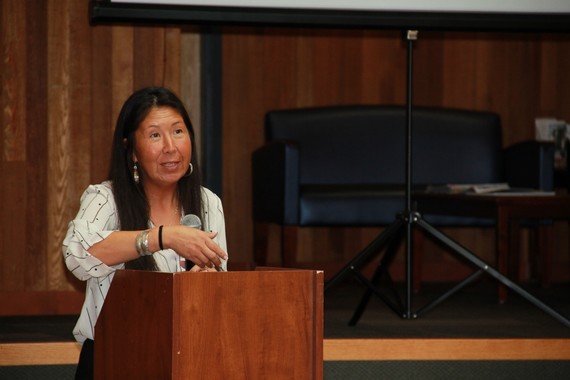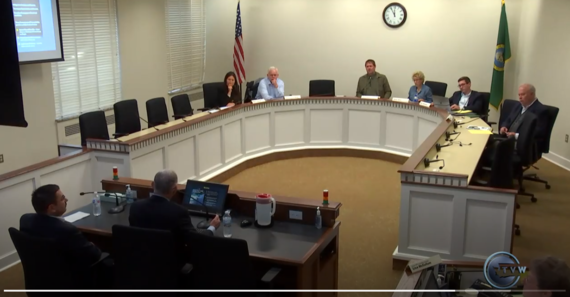Happy Fantastic Friday!
Here is what we have been up to at the Legislature over the past month, but don’t forget, tomorrow is National Public Lands Day, and you can visit any one of our State and National Parks for FREE tomorrow.
Tell me. What can we do for our Washington public lands?
Learn more about State Park Free Days on Discover Pass
VISIT: Hatchery Spending & Project Task Force
The re-population of the salmon and our killer whales is one of my biggest priorities as a legislator. Salmon are integral to Washington’s economy, culture and over all ecosystem, and as the summer turns to fall, the salmon are arriving with the rain and winds. We welcome them home.
For years, tribes, governments, environmental groups and community members have sat at the same table to improve our salmon habitat, and last session was no exception. In addition to putting $1.7 million into hatchery programs to help replenish the Salish Sea, I was appointed to the first ever Hatchery Spending and Project Task Force.
Hatcheries have been part of Washington’s economy and ecology since 1895, when the first hatchery was put in the Kalamath River. Salmon hatcheries continue to be a vital part our our state and tribal economies, sustaining our culture and ways of life, and providing salmon for harvesting by tribal, commercial and recreational fishers.
Hatchery operations and management is an important part of the 40th Legislative District and our state. I am proud to be part of the brand new Hatchery Spending and Project Task Force, because it shows we are taking this issue seriously.
We are working with stakeholders to continue providing evidence-based scientific research, policy solutions, legal frameworks, regulations and funding for the 87 hatchery facilities. Much of this is dedicated to producing salmon and steelhead populations. Of the 87 hatcheries, there are 51 tribal hatcheries and 12 federal hatcheries that produce these two types of fish.
Many of you may not know this, but studies show that 75 percent of the salmon caught in in the Salish Sea and Puget Sound come from hatcheries. As does 88 percent of steelhead caught statewide and 90 percent of the salmon caught in the Columbia River.
Yesterday the Hatchery Spending and Project Task Force had our first work session where we heard updates from Washington Fish and Wildlife Commission, Washington Dept. of Fish & Wildlife (WDFW), Northwest Indian Fisheries Commission (NWIFC) and the National Oceanic and Atmospheric Administration (NOAA), and we have much to consider.
I would love to hear from you on what your concerns are for hatcheries and salmon in Washington.
Email me your concerns and ideas.
Census 2020: Everyone Counts

Communities across our state are gearing up for Census 2020, because data collected during the census shapes the future of our communities and guides how all levels of government fund vital services, including schools, transportation, and health care facilities. That’s why House Democrats prioritized funding in our state budget to support efforts required to promote a complete and accurate count of EVERYONE in our state.
Earlier this month, the House Committee on State Government & Tribal Relations heard from state agencies, federal partners, and community leaders about how they’ll ensure geographic and demographic completeness in our count through education, coordination with community organizations across the state, and outreach to traditionally low self-response rate populations.
Learn how to spot a census scam.
2020 Census jobs with the Office of Financial Management.
Don’t forget, dental hygiene is health care

Access to health care is at top of mind for so many of us, but too often we forget about the importance of dental health. This is unfortunate as too many children in our state lack access to care which easily prevents serious diseases now and later in life.
Earlier this month I was invited to speak about this at the Swinomish Indian Tribal Community dental clinic while touring the facilities.
Dental disease is the most common disease in children, impacting five times as many children as asthma. Unfortunately, children of color have the least access to consistent dental hygiene health care services. It’s clear we have more work to do in the Legislature to ensure that all of Washington’s kids get access.
Thank you all for taking to the time to read this week’s Fantastic Friday, and for taking an interest in our progress at the House of Representatives.
Please feel free to reach out to me using the information below, with any questions, inquiries, or concerns you may have.
I am here for you!
All best wishes,

Rep. Debra Lekanoff

